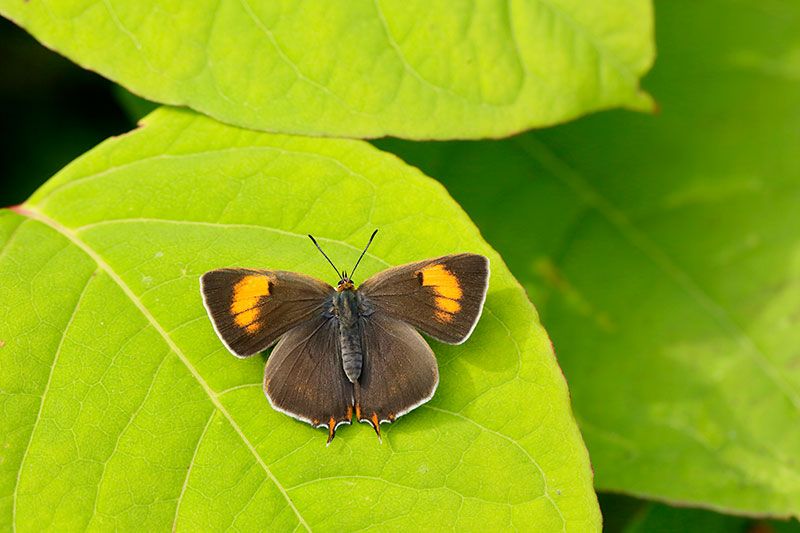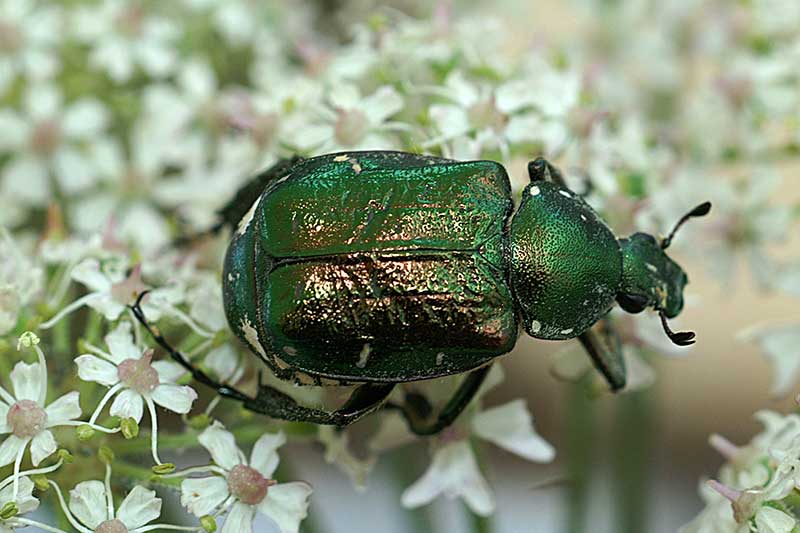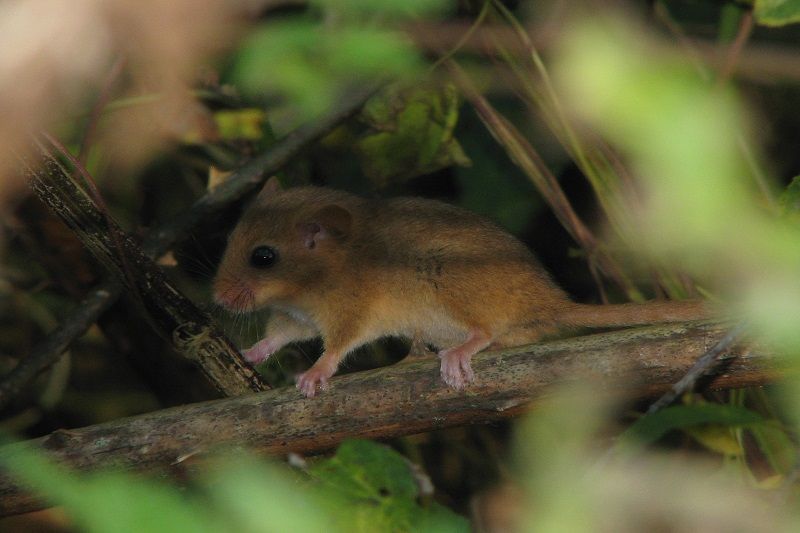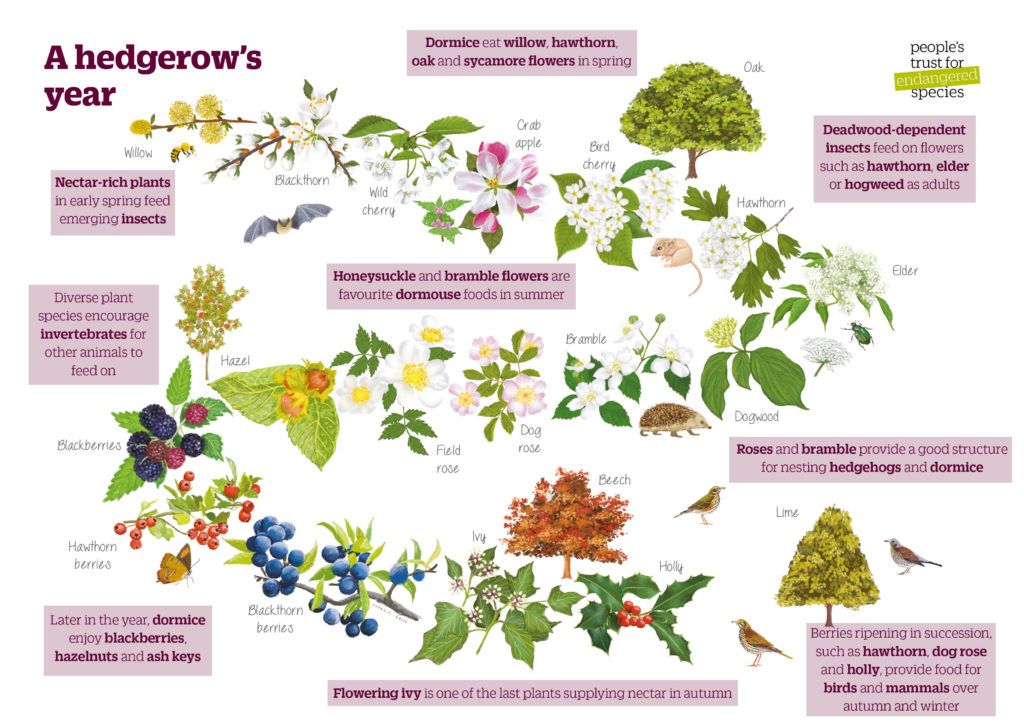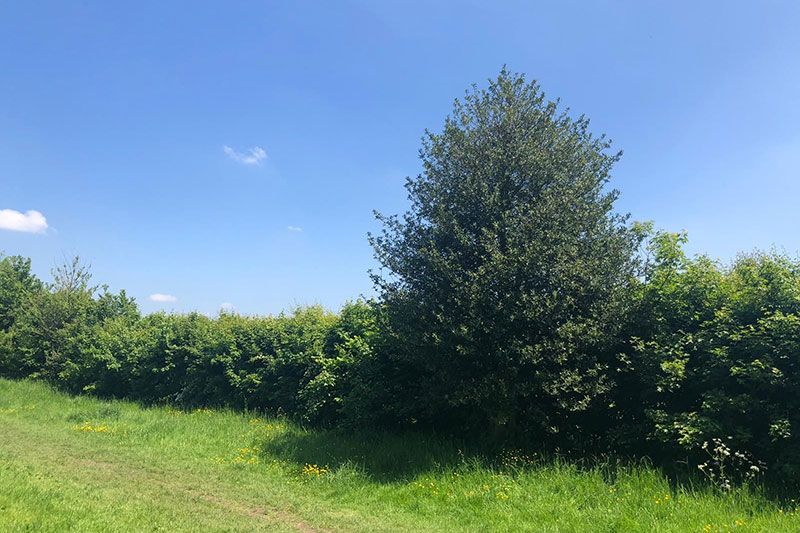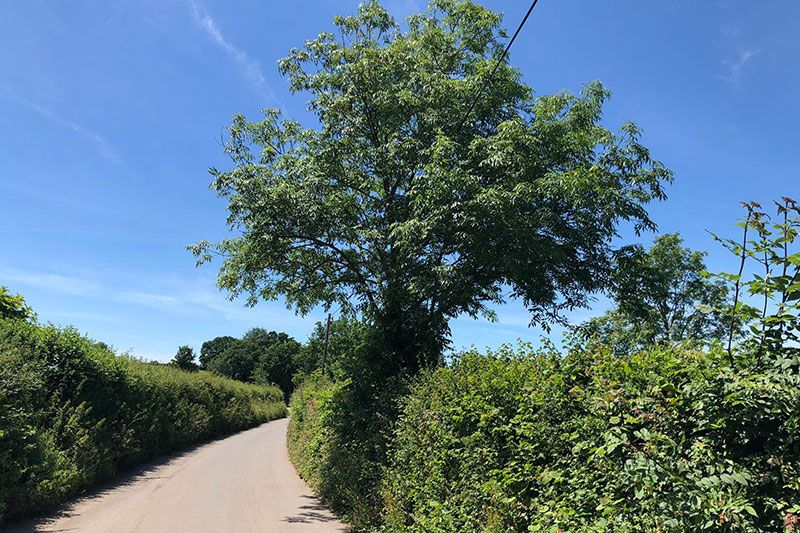Hedgerow plant diversity
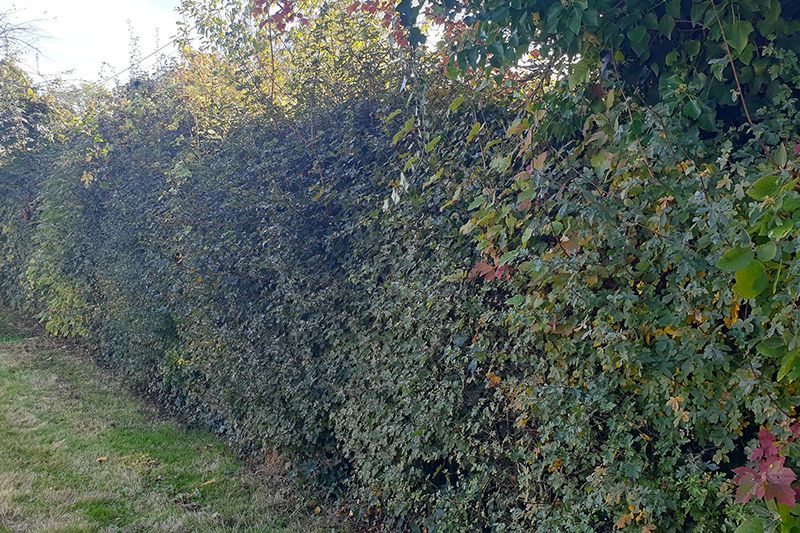
Use our trees and shrubs guide to ID the species present in your hedge
Increasing a hedgerow’s plant diversity provides more resources for wildlife. Many of the UK’s species need particular plants during at least part of their lifecycle, they are specialists. This includes brown hairstreak butterflies that lay their eggs on young blackthorn growth. The growing larvae then eat the blackthorn. Even for wildlife that aren’t specialists, more plant species provide a more continuous food supply.
Berries and nuts ripening at different times over the autumn and winter sustain birds and mammals in the colder months. Pollinators and other invertebrates need pollen and nectar from early spring through to late autumn. The deadwood-dependent noble chafer for example, feeds on elder flowers or hogweed (the latter often found in hedge margins) when it emerges as an adult in the early summer.
The hazel dormouse diet changes throughout the year. It needs a variety of plant species in a hedge to meet all its food requirements. Early in the year hazel dormice start by eating the flowers of species like oak, hawthorn and sycamore before moving on to later flowering species like honeysuckle and bramble. Dormice switch to eating nuts and berries, like blackberries and hazelnuts, as these become available from late summer onwards.
More food for wildlife low down the food chain is also great for wildlife further up the food chain. Thriving invertebrate populations mean more food available to bats, birds and invertebrates higher up the food chain like bush-crickets.
The following infographic shows the resources that different plants in the hedge network provide across the year and examples of how wildlife are using these resources.
Hedgerow tree and shrub ID
If you’re not sure which trees and shrubs are already present in a hedge, PTES has put together a handy hedgerow tree and shrub species ID guide which can be found here.
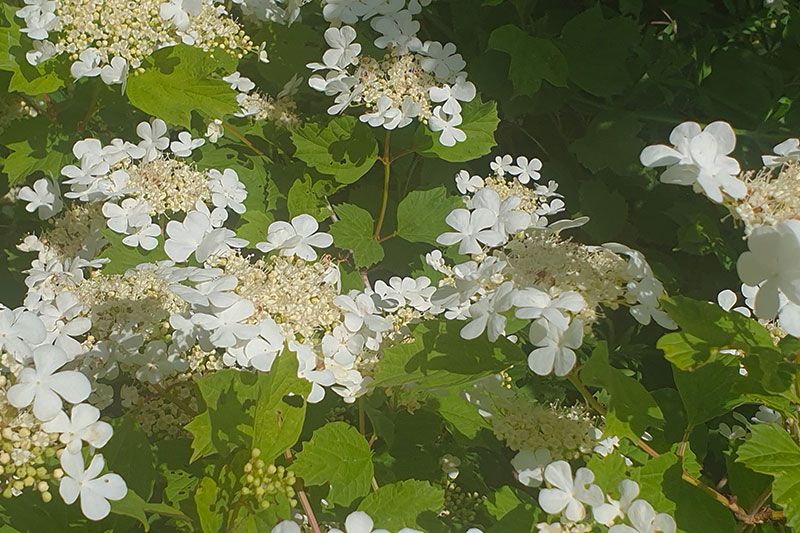
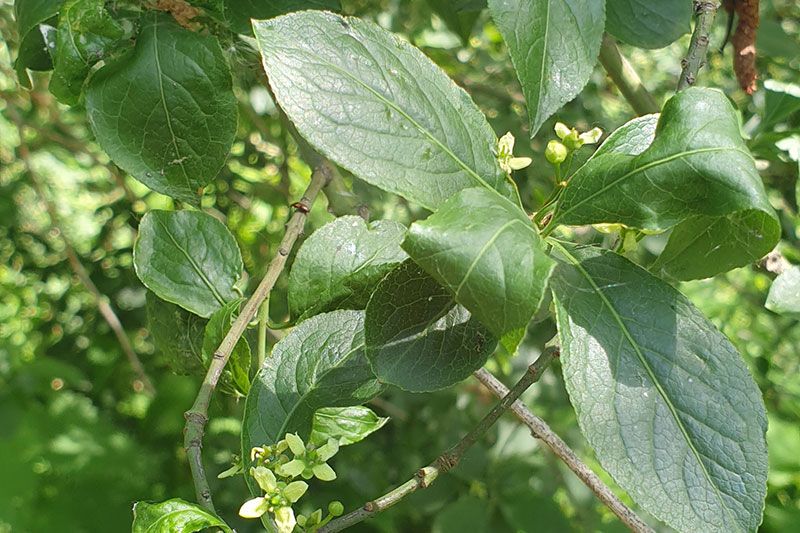
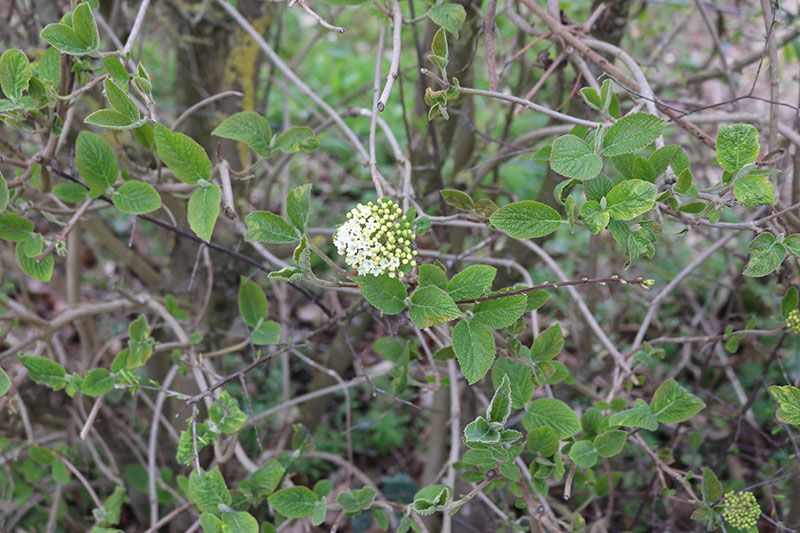
Local context
It’s clear that hedgerows need a diverse mix of plant species to meet varying wildlife needs. But it’s also important to consider the local context when choosing which tree and shrub species to establish in a hedge. Species grow best when they’re suited to local environmental conditions such as soil type. Species that have traditionally been found in woodland or hedgerows in your local region are likely adapted to the local conditions, so are good choices to go with.
Isolated hedgerow trees, with canopies managed separately to the main hedgerow shrub layer, will potentially shade shrubs immediately below. Holly, beech and hazel all tolerate shade and so are good shrub species to establish next to isolated hedgerow trees.
The agricultural context can also be considered. When establishing isolated hedgerow trees, choice of species may depend on whether hedgerows border pasture or arable fields. When established in hedges with an East-West orientation, tall tree species like oak provide plenty of shade for livestock in the summer. In cropped fields, shorter tree species like crab apple or hawthorn might be chosen for hedges stretching from East-West. This avoids the same shading effects impacting the crop.
Ash dieback
Ash is a tree species commonly found in hedgerows and woodland around the UK. With concerns increasing around ash dieback, it can be difficult to know which shrubs and trees can be grown instead of ash when planting up gaps or new sections of hedge. A Natural England commissioned report by Mitchell et al. (2014) identified which tree species could be used as alternatives. No one tree can fulfil all of the ecological roles of ash and the best solution is to grow a mixture of plants. The report found that 67% of species that use ash also use oak (common and sessile), making it a good contender. Birch, hazel, elm, beech and sycamore were also identified as good alternatives, as they were also able to support many species associated with ash.
As elm is itself vulnerable to Dutch elm disease, any native elms in a hedge are unlikely to grow into mature hedgerow trees. They can however, still be used in the hedge shrub layer. This Natural England leaflet provides some useful information about managing elm in hedges.
Health-check your hedgerows
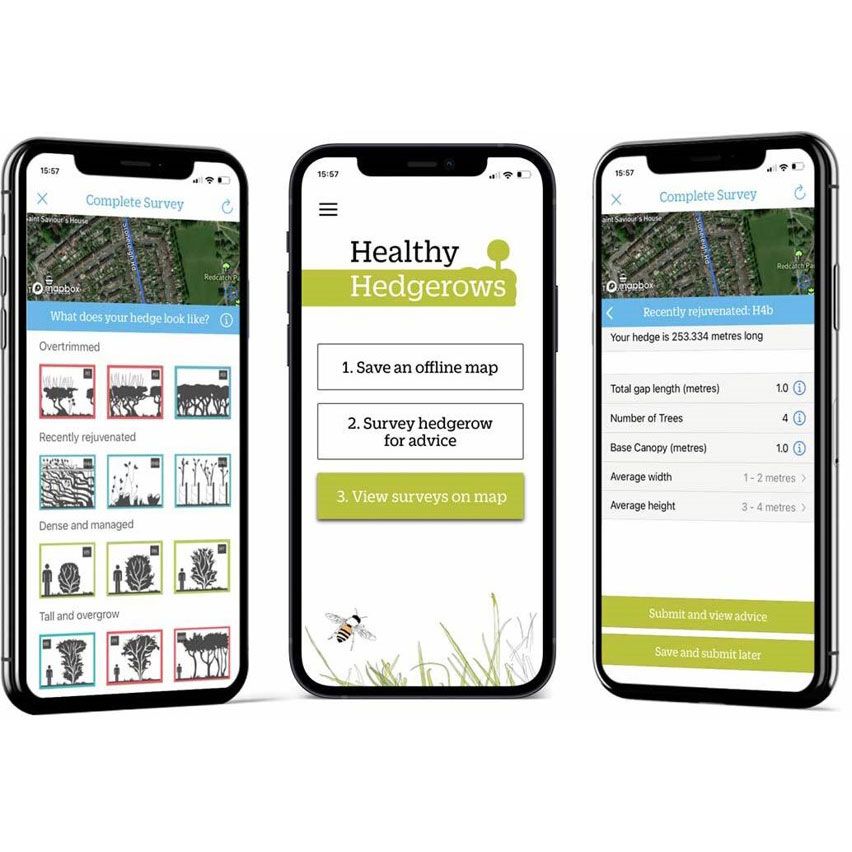
The Healthy Hedgerows survey provides instant feedback about the health of the hedge and bespoke management advice. The data that you contribute helps us to understand the overall health of hedgerows at a national scale so that we are able to direct our conservation work. Learn more:

